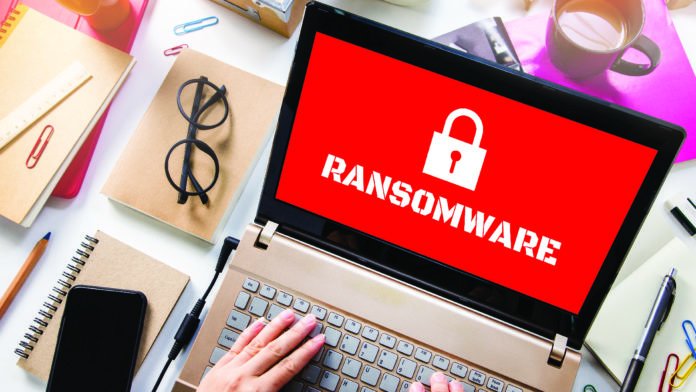Ransomware attacks were not considered as that big a challenge for the last few years. But, companies need to be entirely prepared to combat ransomware attacks because they are likely to strike back.
Also Read:The Challenge of Leading a Startup’s IT Team
Initially, ransomware was considered one of the biggest fears for businesses globally. In 2017, ransomware was the most significant challenge with Petya/Not Petya and Wannacry wreaking havoc. However, by the end of that year, ransomware incidents declined sharply. The number has not risen too dramatically since then, but it is essential to be prepared to combat ransomware attacks as they can strike back anytime.
The following year, 2018 saw the rise bitcoin fueling the popularity of crypto-jacking. The high price of bitcoin indicated that cybercriminals could earn more money by hijacking connected devices. Crypto-jacking was more profitable, so 2018 was an era dominated by cyber-thieves.
2019 witnessed cybercriminals having a rerun through other tactics. Headlines in 2019 focused on newer types of cyber-attacks. The best example of this was the side-channel attacks, like Spectre and Meltdown, which targeted the vulnerabilities in computer chips. In 2020 data will become the most valuable commodity for firms, and it is expected that ransomware will re-emerge to target businesses relying on data.
In order to combat ransomware attacks effectively, it’s vital first to understand how the tools used by cyber-attackers are getting increasingly more sophisticated. To do that, businesses need to think like hackers to understand them and their motives. Cybercriminals today are more sophisticated than ever and have access to much smarter and more advanced tools. They target the most vulnerable industries like healthcare. Malwarebytes confirmed a 60% increase in recorded infections in the healthcare sector in 2019. Hackers are evidently lured by a large number of connected devices with attractive ROI and more vulnerabilities.
The abundance of personal data available on the web has significantly transformed the way cyber-attacks are conducted. Freely available data has allowed hackers to craft phishing and social engineering attacks convincingly enough to fool IT professionals.
Cybercriminals usually attempt their own version of cross-selling. Other attacks such as crypto miners, keyloggers, or financial Trojan may be left behind even after paying the ransom to unlock the system. Ransomware is like any other cyber threat—the best strategy for protection is by adopting multiple layers of security. Companies need to invest in email protection, web protection, and complete endpoint protection. The simplest way to defeat ransomware is backup restoration, though some ransomware strains completely delete local backups to prevent this. Creating a sound endpoint protection system is necessary to spot suspicious activities, like identifying an odd pattern on RDP, and flagging it promptly.
Also Read: Are CIOs Investing correctly for Digital Transformation?
Ultimately, with data becoming increasingly vulnerable, ransomware has reawakened as a significant threat, witnessing a 74% increase in the ransomware attacks in 2019. But by far the biggest concern is that the reason for this increase is not hacker sophistication but the poor security hygiene of firms. No business should expect that the threat of ransomware will ever be completely wiped out since this misconception will only create more vulnerability.
For more such updates follow us on Google News ITsecuritywire News. Please subscribe to our Newsletter for more updates.









